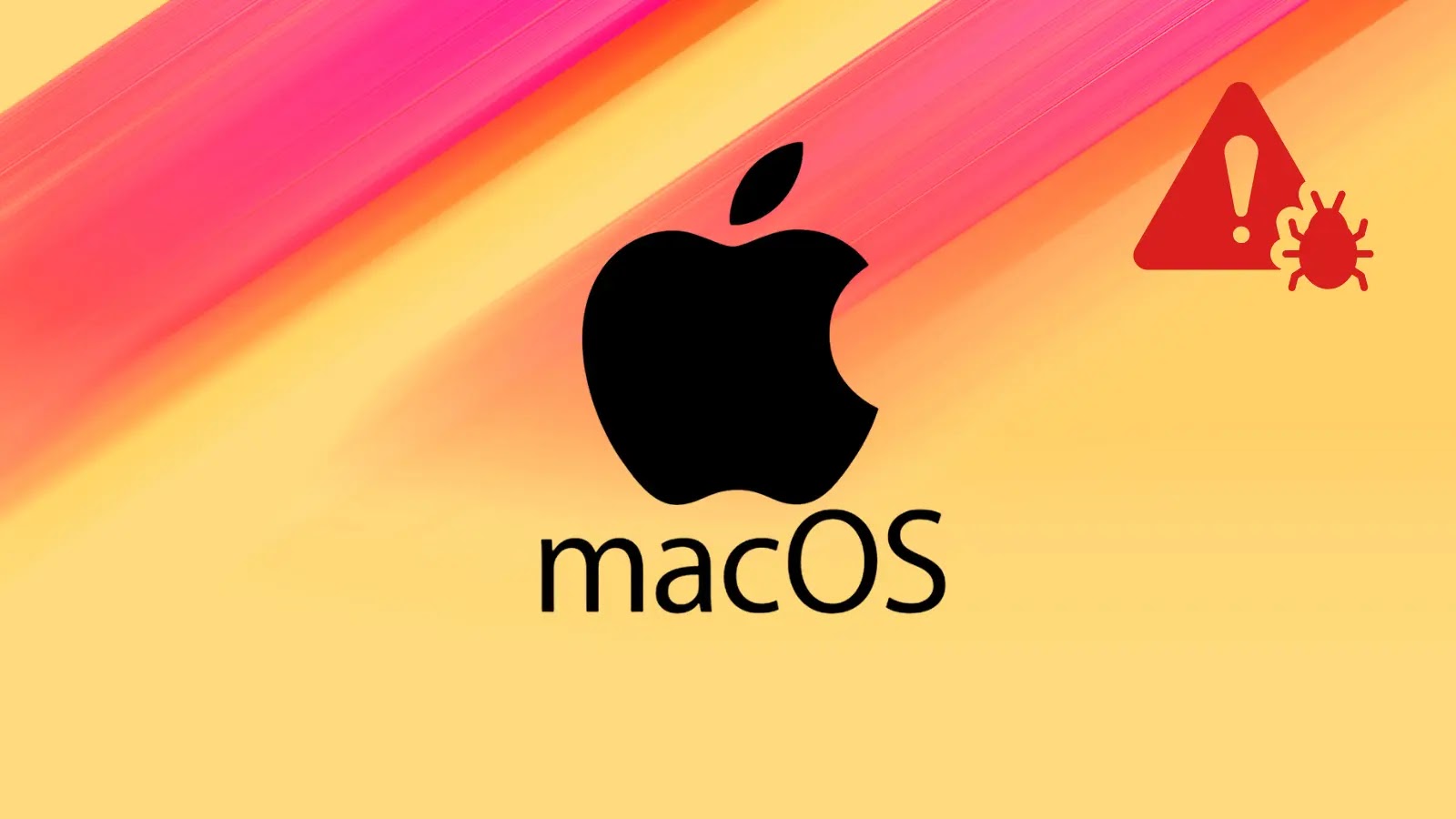
Hackers Leverage Built-in MacOS Protection Features to Deploy Malware
macOS has long stood as a bastion of integrated security, lauded for its robust defenses designed to protect users from an array of digital threats. Yet, a disturbing trend has emerged: cybercriminals are actively weaponizing these very protection features, turning Apple’s security mechanisms against its users to stealthily deliver malicious payloads. This sophisticated tactic highlights a critical evolution in threat landscapes, where attackers no longer seek to bypass security features but rather to subvert them.
The Paradox of Protection: macOS Features Under Attack
Recent incidents reveal a sophisticated approach where attackers exploit several core macOS security components for nefarious purposes. This isn’t about traditional exploits targeting software vulnerabilities; instead, it’s about cleverly manipulating built-in functionalities to achieve persistence, evade detection, and steal sensitive information. Understanding these mechanisms is crucial for discerning how they can be co-opted:
- Keychain: Designed to securely store passwords, certificates, and encryption keys, Keychain is a prime target. Attackers can exploit misconfigurations or gain unauthorized access to extract credentials, facilitating further lateral movement or data exfiltration.
- System Integrity Protection (SIP): A cornerstone of macOS security, SIP prevents even root users from modifying protected files and directories. While robust, certain techniques can be employed to bypass or leverage SIP limitations, allowing for persistent malware installations in unexpected locations.
- Transparency, Consent, and Control (TCC): TCC mandates user consent for applications to access sensitive data like contacts, calendars, or photos, or control system functions like screen recording. Malicious actors have developed methods to trick users into granting these permissions or exploit vulnerabilities in TCC’s implementation to bypass consent altogether. For instance, specific TCC bypasses have been observed, enabling unauthorized access to user data. More information can often be found by searching for vulnerabilities like older CVE-2020-9934 which related to TCC bypasses.
- Gatekeeper: This security feature verifies downloaded applications to ensure they are from identified developers and haven’t been tampered with. Attackers bypass Gatekeeper through various means, including exploiting legitimate developer certificates or using social engineering to convince users to override security warnings.
- File Quarantine: When a file is downloaded from the internet, File Quarantine marks it, causing macOS to display a warning upon the first attempt to open it. Attackers can use techniques like “quarantine evasion” by bundling their malware within legitimate application structures or using specific file types that are not subject to quarantine.
- XProtect and XProtect Remediator: macOS’s built-in anti-malware tools, XProtect (signature-based) and XProtect Remediator (behavior-based), continuously scan for and block known malicious software. Attackers employ advanced obfuscation, encryption, and zero-day exploits to render their payloads undetectable by these defenses, or they use living-off-the-land binaries (LotL) that are inherently trusted by the system.
Attack Vectors and Motivations
The motivation behind these sophisticated attacks is multifaceted. Credential theft, data exfiltration, espionage, and ransomware deployment are common objectives. Attackers often leverage social engineering, phishing campaigns, or supply chain compromises to gain an initial foothold. Once inside, they exploit the aforementioned macOS features to:
- Maintain Persistence: By leveraging seemingly benign system tools or configuration files, malware can survive reboots and evade removal attempts.
- Escalate Privileges: Subverting features like SIP or TCC can grant malicious applications elevated permissions, allowing them to access sensitive data or perform destructive actions.
- Evade Detection: Using built-in features makes the malicious activity blend in with legitimate system processes, making it harder for traditional security solutions to flag them as threats.
Remediation Actions and Proactive Defense
While the sophistication of these attacks is concerning, several proactive measures can significantly bolster macOS security postures:
- Endpoint Detection and Response (EDR) Solutions: Deploy EDR solutions specifically designed for macOS. These tools offer advanced behavioral analysis capabilities that can detect anomalies and suspicious activities even when legitimate system features are being abused.
- Regular Software Updates: Keep macOS and all installed applications updated. Apple consistently releases security patches that address vulnerabilities, including those that might be exploited for TCC bypasses or other systemic manipulations.
- Principle of Least Privilege: Enforce the principle of least privilege for all user accounts and applications. Restrict unnecessary administrative access and review application permissions regularly.
- User Education and Awareness: Educate users about phishing, social engineering tactics, and the importance of scrutinizing permission requests. A vigilant user base can be the first line of defense.
- Strong Passwords and Multi-Factor Authentication (MFA): Implement strong, unique passwords for all accounts and enable MFA wherever possible. This significantly reduces the risk of credential theft, even if Keychain is compromised.
- Application Whitelisting: Implement strict application whitelisting policies to control which applications are allowed to run on endpoints. This can prevent unauthorized or malicious software from executing.
- Monitor macOS Logs and Activity: Regularly review macOS Unified Logs and other system activity for suspicious entries or sudden changes in permissions or application behavior.
- Disable Unnecessary Services: Periodically review and disable any macOS services or features that are not essential for daily operations. This reduces the attack surface.
Recommended Security Tools
Augmenting your macOS security strategy with specialized tools is critical for detection, prevention, and response:
| Tool Name | Purpose | Link |
|---|---|---|
| Jamf Protect | Endpoint security for macOS, focusing on prevention, detection, and remediation. | https://www.jamf.com/products/jamf-protect/ |
| SentinelOne Singularity Platform | AI-powered EDR and XDR solution for macOS endpoints. | https://www.sentinelone.com/platform/endpoint-security/macos/ |
| CrowdStrike Falcon Insight | Cloud-native EDR for macOS, offering incident response and threat hunting. | https://www.crowdstrike.com/solutions/endpoint-security/ |
| Objective-See Tools | A suite of free macOS security tools like LuLu (firewall), BlockBlock (persistence monitor), RansomWhere? (ransomware detector). | https://objective-see.com/products.html |
Conclusion
The evolving tactics of cybercriminals leveraging built-in macOS protection features represent a significant challenge for cybersecurity professionals. This strategy underscores the importance of a multi-layered security approach that extends beyond traditional perimeter defenses. By understanding how attackers subvert features like Keychain, SIP, and TCC, and by implementing robust remediation actions alongside specialized security tools, organizations can significantly enhance their resilience against these sophisticated threats. Vigilance, continuous education, and proactive defense are paramount in protecting macOS environments from an increasingly ingenious adversary.





